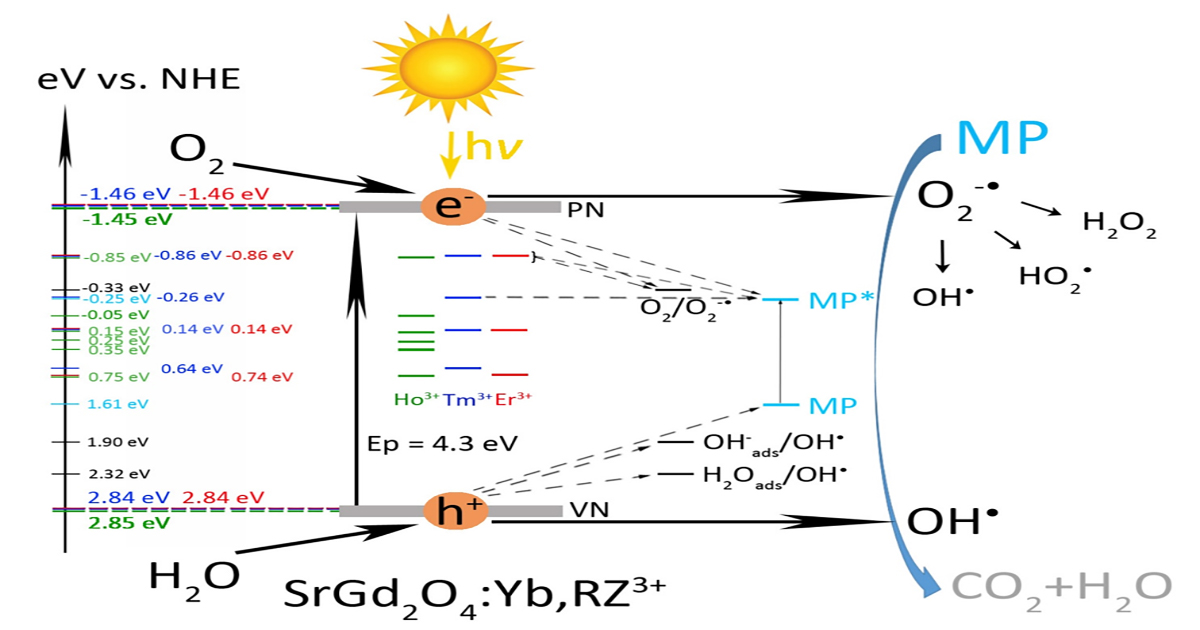- 4.0Impact Factor
- 7.6CiteScore
- 17 daysTime to First Decision
Recent Advances in Photocatalysis for Environmental Applications
This special issue belongs to the section “Photocatalysis“.
Special Issue Information
Dear Colleagues,
Air and water pollution are major issues today as a result of industrial and technological advancements. Photocatalysis is a promising technology for addressing these difficulties due to its sustainability, affordability, and environmental friendliness. Extensive studies must be conducted to identify an effective photocatalysis for the destruction of pollutants.
The current Special Issue intends to bring together a group of articles related to one of the most important fields in science, catalysis. The Special Issue will publish high-quality research papers related to photocatalysis from various scientific disciplines, including Chemistry, Chemical Engineering, Materials Science, Materials Engineering, Environmental Engineering, Nanotechnology, and Green Chemistry. The discovery of new, promising methods for synthesizing active, stable, and selective nanomaterial-based catalysts will be prioritized as well as the photocatalytic elimination of environmental pollutants in the liquid or gas phase.
If you would like to submit papers to this Special Issue or have any questions, please contact the in-house editor, Ms. Rita Lin (rita.lin@mdpi.com).
Dr. Vesna Lojpur
Guest Editor
Dr. Ivana Dinić
Guest Editor Assistant
Manuscript Submission Information
Manuscripts should be submitted online at www.mdpi.com by registering and logging in to this website. Once you are registered, click here to go to the submission form. Manuscripts can be submitted until the deadline. All submissions that pass pre-check are peer-reviewed. Accepted papers will be published continuously in the journal (as soon as accepted) and will be listed together on the special issue website. Research articles, review articles as well as short communications are invited. For planned papers, a title and short abstract (about 250 words) can be sent to the Editorial Office for assessment.
Submitted manuscripts should not have been published previously, nor be under consideration for publication elsewhere (except conference proceedings papers). All manuscripts are thoroughly refereed through a single-blind peer-review process. A guide for authors and other relevant information for submission of manuscripts is available on the Instructions for Authors page. Catalysts is an international peer-reviewed open access monthly journal published by MDPI.
Please visit the Instructions for Authors page before submitting a manuscript. The Article Processing Charge (APC) for publication in this open access journal is 2200 CHF (Swiss Francs). Submitted papers should be well formatted and use good English. Authors may use MDPI's English editing service prior to publication or during author revisions.
Keywords
- nanoparticles
- synthesis of photocatalysts
- catalysts for photodegradation
- self-cleaning materials
- photocatalytic hydrogen generation and CO2 reduction
- kinetics and mechanistic aspects of photocatalytic reactions
- homogeneous photocatalysis

Benefits of Publishing in a Special Issue
- Ease of navigation: Grouping papers by topic helps scholars navigate broad scope journals more efficiently.
- Greater discoverability: Special Issues support the reach and impact of scientific research. Articles in Special Issues are more discoverable and cited more frequently.
- Expansion of research network: Special Issues facilitate connections among authors, fostering scientific collaborations.
- External promotion: Articles in Special Issues are often promoted through the journal's social media, increasing their visibility.
- e-Book format: Special Issues with more than 10 articles can be published as dedicated e-books, ensuring wide and rapid dissemination.

